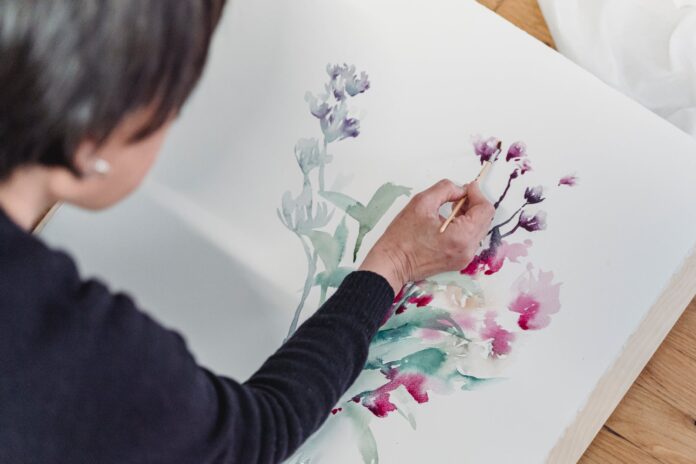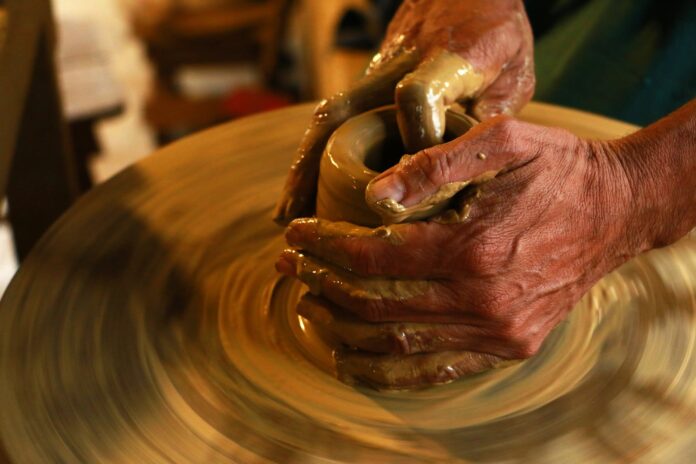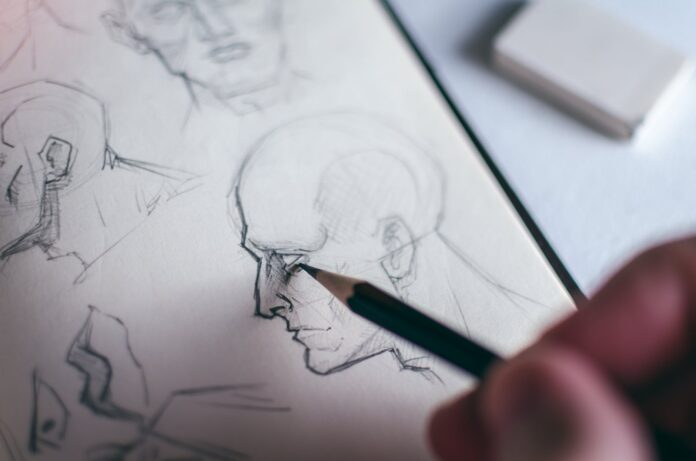As a leading cause of disability worldwide, depression is regularly an object of research into its causes and treatments that work. Art therapy is one such intervention that has shown promise in relieving depressive symptoms. When a comprehensive review of studies in 2018 looked at more than two decades of accumulated research, it found art therapy alleviated symptoms of depression in many different populations, from cancer patients, prison inmates, and the elderly to clients coping with trauma or other mental health issues.
With respect to the last category, I’ve seen firsthand how art therapy can aid in the treatment of depression by bringing direct relief of symptoms. I work with people who are in inpatient treatment for major depression or other mood disorders and for whom art therapy is a supplement to first-line interventions (namely, medications like antidepressants and individual psychotherapy). (Learn how depression treatment at FHE Health is helping people find relief from their symptoms and a better quality of life.) Here are four art therapy exercises that can alleviate depression, based on my experience….
Visual Expression of Depression as an Imaginary Creature

One helpful exercise is to make a drawing (with etch paper and a wooden dowel) of one’s depression, personifying the disorder as a beast, creature, villain, shadow, or monster. The patient is also asked to define what their imaginary creature represents and share why they chose to depict their depression as they did.
This process encourages self-reflection and self-awareness. For example, one patient drew his depression and addiction as an octopus causing a ship to capsize. The patient explained that the ship represented him, as well as the loss of control that he felt early on in his recovery and the sense of restriction imposed on him by his depression.
Another outgrowth of this exercise is greater self-acceptance, along with a freeing sense of release. At the end, patients have an opportunity to reflect on how they might accept this creature as part of who they are, only without the negativity and stigmatization. The act of externalizing one’s thoughts and feelings on paper can also be very cathartic—and in turn can alleviate some of the debilitating heaviness and weight of depression.
The Painting of a Painful Memory

A second exercise that can be beneficial for those with depression is painting a painful memory. Depression stems from and contributes to difficult experiences that in turn create powerful memories and associations. Often these memories and associations can keep people trapped in the same negative state of mind or a period from their past.
Through constructive visual expression, (in this case, the painting of a painful memory), patients process and release these memories and experiences. The goal is to provide relief from the pain and heaviness of a specific memory, by allowing the patient to let go of some of the control that it holds over them.
This exercise begins with mindfulness. Specifically, the patient is invited to think about a painful moment or period that they feel comfortable depicting on paper. Types of experiences that patients choose to depict might include a traumatic event such as an accident, grief over the loss of a loved one, financial instability, legal issues, or a low point in the course of their mental illness.
Whatever their memory, patients then choose how they’d like to paint it. Some take an abstract approach while others prefer realistic portrayals; some use color words, and others—symbolism. This process of constructive emotional expression can be very influential in supporting the progress that a patient is making in individual and group psychotherapy and preventing regression.
Clay Symbolization of a Significant Relationship

In addition to drawing and painting, clay symbolization is another exercise that can help to relieve depressive symptoms. In this exercise, patients express how a significant relationship makes them feel through their work with clay. The primary goal of this process is to decrease a sense of hopelessness and reduce depressed behaviors (which can exacerbate depressive symptoms).
There are still other benefits of this exercise, too. It often reminds patients that they do have someone who supports them and is a positive presence in their life. Also, in the very tactile act of molding clay with their hands to portray a significant relationship, many patients find they can access and experience positive emotions that might have been difficult to reach beforehand.
Like other exercises in art therapy, clay symbolization is a highly transferable, adaptive coping device that patients can take with them into life after rehab. Reflecting on a significant person in one’s life and their emotional and physical support can help to ground a person in the here and now, promote a positive mindset, and challenge dysfunctional thought patterns.
Drawing One’s Future Self in Recovery from a Mental Illness

It can seem impossible to picture a happy and healthy future when you are severely depressed. The goal of this exercise is to encourage this positive thinking, as well as self-exploration, self-expression—even organizational skills. Patients get a list of prompts and categories to consider as part of this creative, reflective process. They reflect on questions about their future self in recovery, such as the following:
- What differences would there be in your life?
- What would you be able to achieve, experience, accomplish, and maintain?
- What would your physical health look like?
- What dreams and/or goals would now be obtainable or in your grasp?
The premise of this exercise is that with guidance and intentionality, it is possible to clearly see and appreciate how much positive, healthy, and beneficial things can come from maintaining or obtaining recovery from depression.
Tzipora Cohen is Art Therapist at the national behavioral health provider FHE Health.




